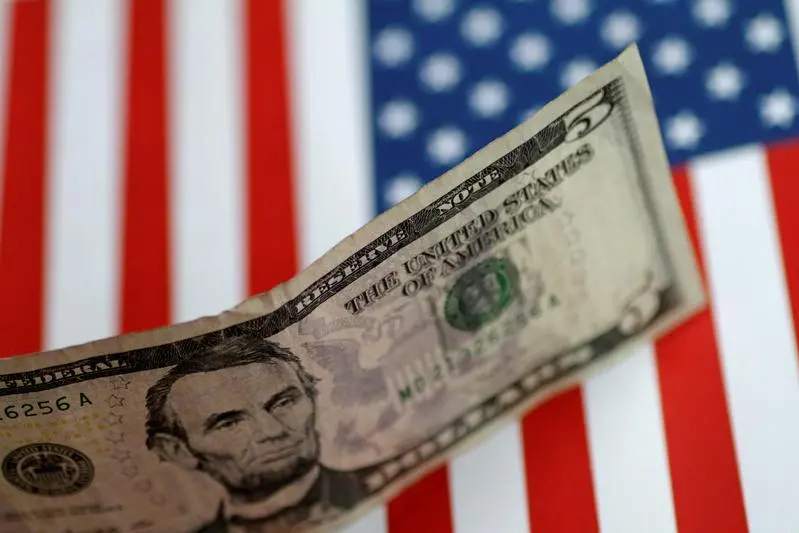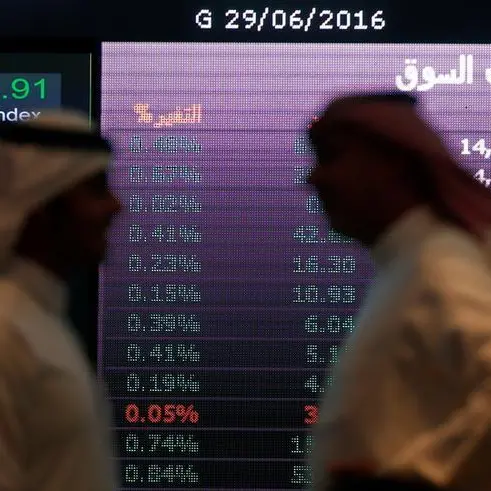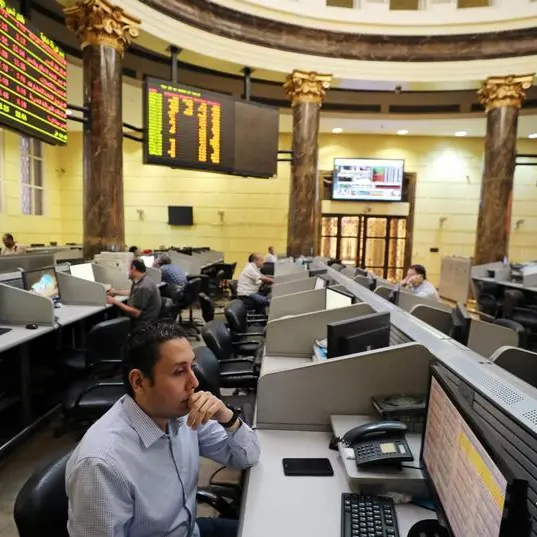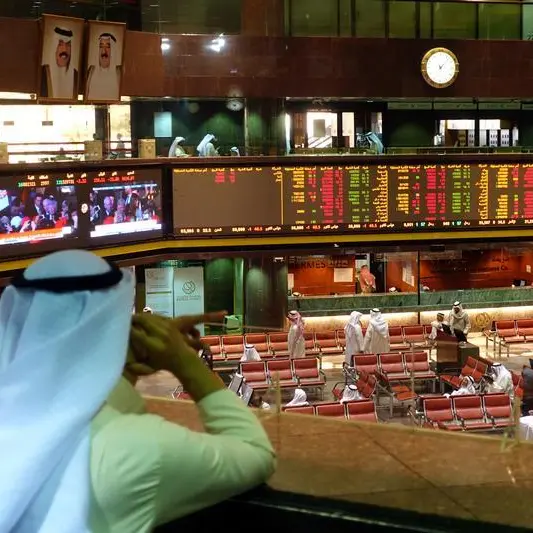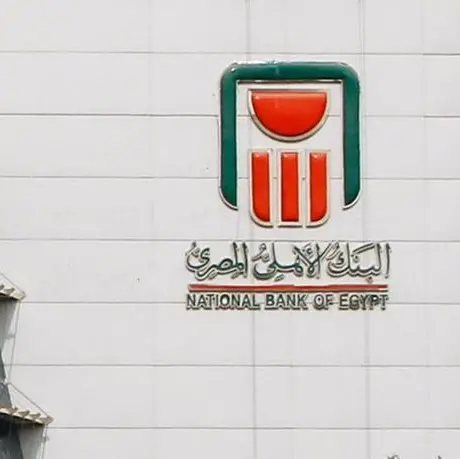PHOTO
The US dollar matters. It is the world’s reserve currency and the most traded currency in global currency markets. Oil is traded in US dollars, and many countries, especially in the Gulf Cooperation Council (GCC), have pegged their currencies to the greenback. This is a good enough reason to look at what is behind the dollar’s recent slide and how it affects the various stakeholders.
The dollar index, which tracks the greenback against a basket of the world’s most relevant currencies, has fallen 10 percent since the currency’s high in March. In July the dollar slid 4 percent to a 2-year low. At the same time gold, another safe haven, hit a record high over fears of inflation, because of massive stimulus packages across the world, as well as the state of the global economy.
The Federal Reserve held its Federal Open Market Committee (FOMC) last week, leaving interest rates unchanged near zero percent. The swap lines — liquidity arrangements — with the central banks in 14 countries were extended through March 2021, which is important in the context of ensuring liquidity in the international monetary system.
Fed chairman Jerome Powell left no doubt that the US central bank would do whatever it took to support the economy throughout the economic impact of the coronavirus disease (COVID-19) pandemic. He also appealed to lawmakers to continue with fiscal stimulus, because there is only so much that monetary policy can achieve. Lawmakers are gridlocked in controversy between the Democrats’ Heroes Act, which was passed by the House of Representatives and proposes $3.5 trillion worth of fiscal stimulus, including support for local government, and the Republicans’ proposed $1 trillion package, which is much smaller. Resolution of the dispute as soon as possible is pivotal, because benefits from the Cares Act expired at the end of July.
The Fed’s “whatever it takes” message was important in the domestic context. However, it also signaled that the US economy is far from over the pandemic. The latest high frequency data and case numbers give rise to fears that there is worse to come.
In a sign of the times, the 10-year Treasury yield dropped below 1 percent for the first time last week, which encouraged investors to look elsewhere.
We could not be further from March, when the dollar and the 10-year Treasury were considered safe havens amid the economic chaos created by the COVID-19 virus. Now increasing case numbers in the US, fear of renewed lockdowns and expansionary monetary and fiscal policies have reversed investors’ perceptions of the dollar.
This has implications across the board. Emerging markets’ currencies tend to fare better with a weaker dollar. We all remember the taper tantrum of 2013, when the Fed’s reduction of its quantitative easing policy sent various emerging currencies into a tailspin. There is a caveat though: The recent dollar weakness has mainly been reflected in the strength of other developed market currencies such as the euro, the yen or the Swiss franc, rather than their emerging market counterparts.
Currently we are far off from a repeat performance of the taper tantrum, courtesy of the sad COVID-19 statistics in the US. Eventually though, and much further down the line, the US will have to taper monetary and fiscal stimulus and we need to be mindful of an eventual outcome.
A weak dollar is traditionally good news for the price of oil, which tends to have an inverse correlation to the greenback. This supports the efforts of OPEC+ in terms of balancing oil markets with the help of production cuts, which in turn support the oil price.
Countries that have pegged their currencies to the dollar find it easier and less costly to maintain that peg. This is particularly helpful to Oman and Bahrain, which found maintaining the peg challenging in the March/April period, to say the least.
Where we go from here is difficult to predict. A lot will depend on how the pandemic spreads in the US as opposed to other geographies, the amount of future US monetary and fiscal stimulus in comparison to other parts of the world, the yield of the 10-year Treasury and of course the outcome of the US presidential election later this year. One thing is certain though, irrespective of all the variables above: The dollar remains the global reserve currency, because there is simply no alternative. Mid-day CET the US dollar traded 105.97 against the yen, 0.92 against the Swiss franc and 0.85 against the euro.
* Cornelia Meyer is a business consultant, macroeconomist and energy expert. Twitter: @MeyerResources
Copyright: Arab News © 2020 All rights reserved. Provided by SyndiGate Media Inc. (Syndigate.info).
